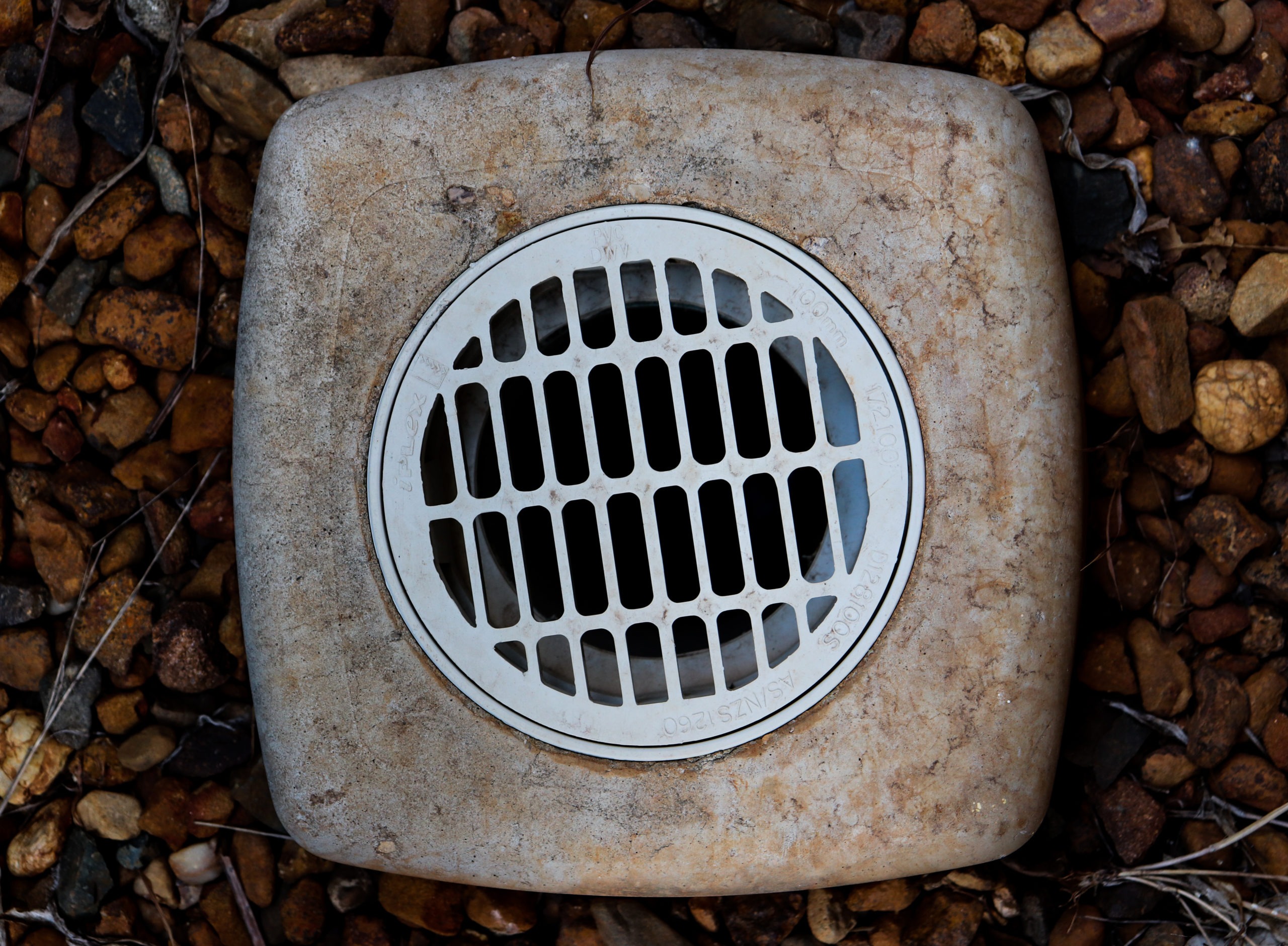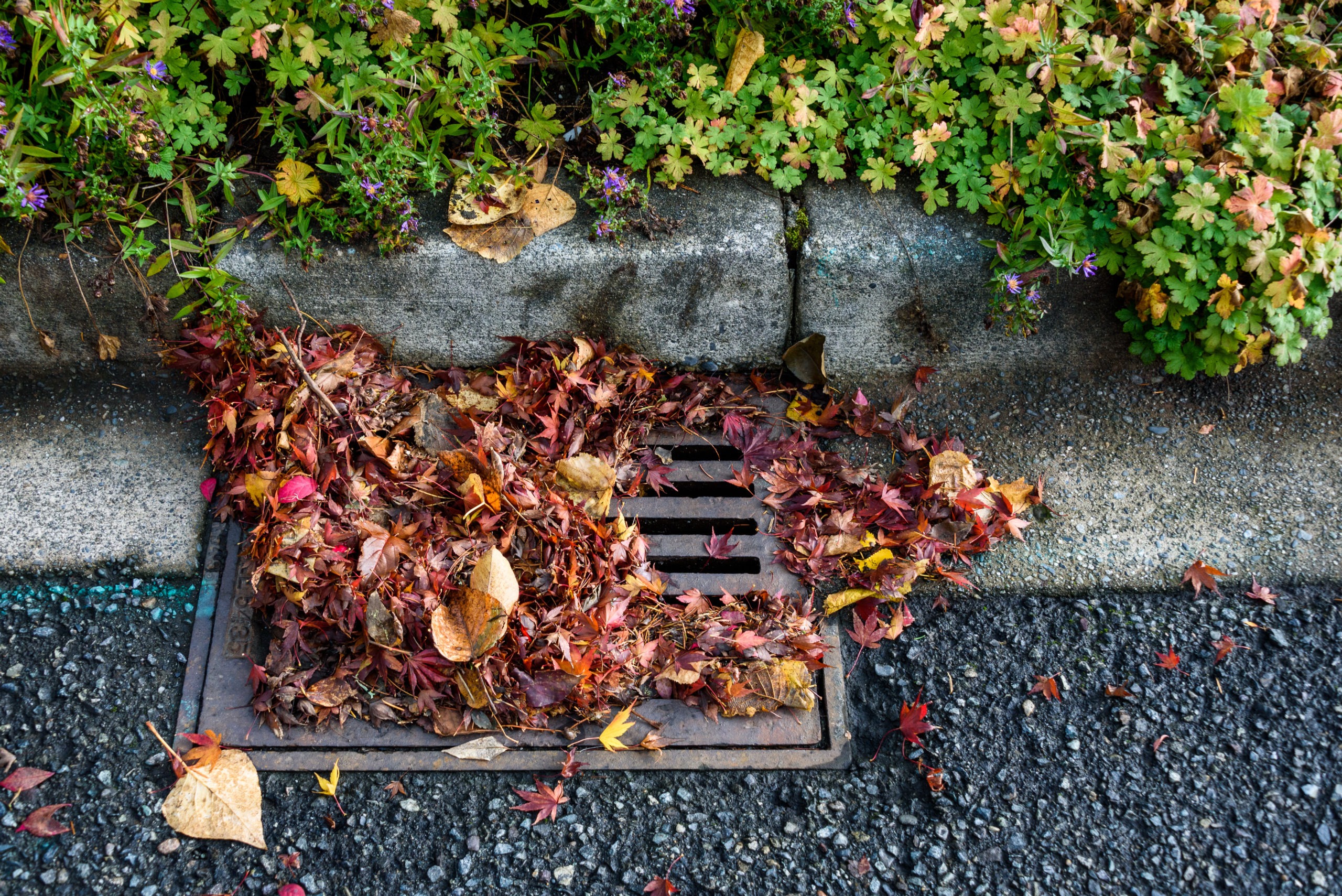The plumbing piping system of your indoor space is often on-point and well taken care of; what about the outdoors? The main issue with the outdoor area is rainwater, especially if you don’t harvest it. This water will likely soak up in your yard, making it soggy. In other cases, it’ll collect in pools in areas with depressions on your ground. The solution to this is an outdoor drain. The drain serves to eliminate excess water in your compound.
But as with any other technology, issues may arise with the continuous use of your outdoor drains. So, it’s crucial to familiarize yourself with them beforehand. Even better, this article will assist you in getting this knowledge by informing you of the common problems with outdoor drains. In addition, it’ll give you solutions to these issues. Read on for the insight!
Problem 1: Blockage
Pipe drain blockage is an issue most homeowners experience. This issue often arises due to debris, soil, leaves, and other materials entering your outdoor drain. These materials will accumulate and hinder water flow through your drain, eventually causing the blockage.
Solution: Consider removing any plants and trees near the entry of your drain if leaves and other plant materials cause the blockage. With no trees nearby, there’s less likelihood of falling leaves finding themselves in your drain. If you’re installing your outdoor drain, place your drain in an area away from vegetation whose shrubs stretch over your drain’s entry. Prevention is always better than cure.
Suppose the blockage is from the soil. It’d help to place gravel around the entry of your drain strategically. It will more or less act like gabions, preventing or reducing the amount of soil getting into your drain. It is a high possibility during rain and if there’s minimal vegetation nearby.
Alternatively, consider placing a permeable material on your outdoor drain entrance. The material will prevent the entry of any foreign material.
On the other hand, install an outdoor channel over your drain. It’ll prevent large-sized materials, such as leaves and debris, from getting into your drain. Many companies manufacture drain channels, such as veitchstainless. Therefore, you won’t find it challenging to find a channel that suits you.
Problem 2: Poor Slope
Outdoor drainage systems depend on the slope to drain water away from your home. The slope ensures that water doesn’t stagnate inside the drain pipes, defeating their purpose. There are instances where some plumbers don’t factor in the slope when placing the drain, or they make wrong calculations. Both situations are undesirable and will lead to inefficiencies.
The problem becomes much worse if the drain slopes towards your home rather than away from your home. With time, the water will get into your foundation, weakening it. You’re also likely to see the wall finishes of your property getting soggy or peeling off. If you have a basement, you might find water flooding your floors.
Solution: In most cases, it’d be uneconomical to dig out your outdoor drain and readjust its slope to suit your home’s gradient. Therefore, you must develop creative ways of solving the issue. One way is waterproofing your foundation or basement if you have one. The waterproofing material will prevent water from getting into your home and damaging your finishes. It’ll also reduce possible structural damage to your foundation.
Problem 3: Broken Pipes
Drainage pipes have a given life span within which they should serve you efficiently. However, with prolonged use, they’re likely to experience wear and tear. The wear and tear arise because these drains handle a lot of water from most parts of your home. The pressure is likely to cause your pipes to break or crack. The cracks will then seep the water into your compound, which is undesirable. In most cases, you aren’t likely to notice that your outdoor drains are broken. You’ll only know later when you already experience signs like a flooded backyard.
Solution: Broken pipes can barely serve you efficiently. Therefore, the only amicable remedy is to replace them. There are various techniques you can adopt to handle the replacement. Either dig up, remove, replace, or use the Cured-In-Place-Pipe (CIPP) lining technique. With the CIPP technique, you won’t need to dig up your lawn to access the pipe. The professionals will repair them from their current position, even without removing the damaged ones.
As part of preventive maintenance, perform regular inspections. Your plumber probably has a drain pipe inspection tool that allows them to see through your underground drain pipes. They’ll identify possible issues and address them in their early stages before they cause havoc in your home.
Conclusion
This article has discussed common problems you may experience with your outdoor drains. It shows you aren’t alone in experiencing these problems. The discussion goes ahead to highlight the solutions you can adopt to handle your outdoor drain issues. Be sure to implement them should you encounter any concerns.
However, it’s advisable to seek professional plumbing services to assist you accordingly. They can do it efficiently, preventing re-occurrence and helping you save money and avoid stress in the long run.


